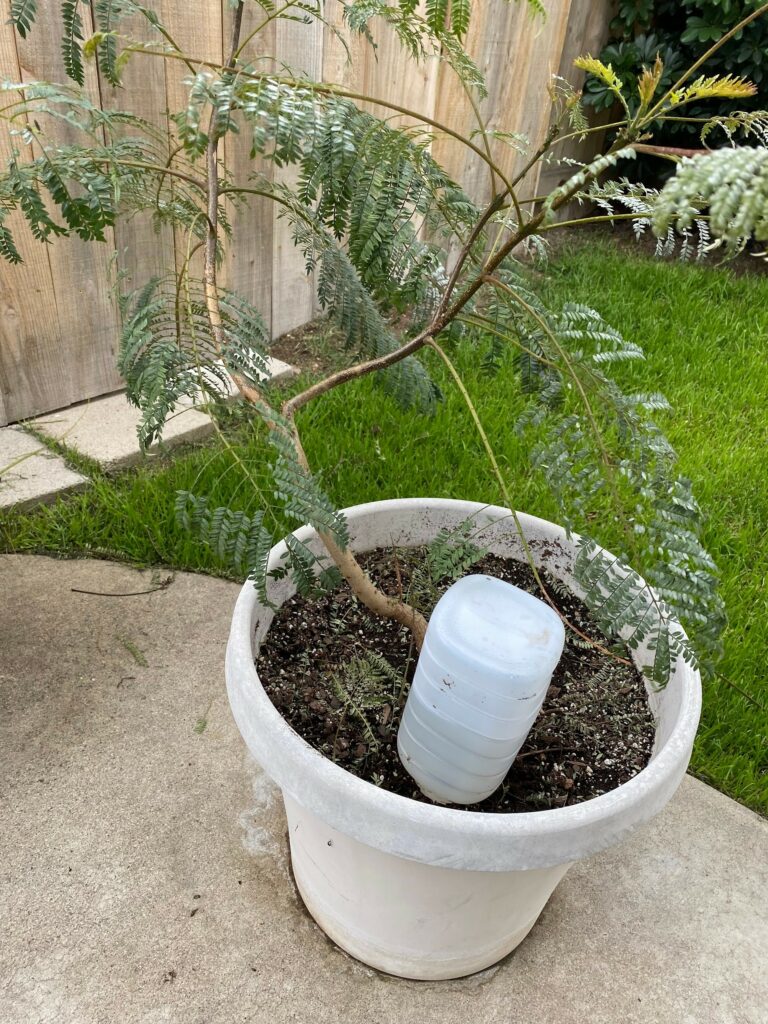
By: Ruby Melchior
Practicing sustainability and working in the kitchen do not often pair together. However, you will be able to change some of your old habits by growing into these creative new methods!
In cooking, it’s hard to not waste energy but is possible to do so with these 4 tricks:
- For casseroles and roasts: shut the oven off at least 15 minutes before the time you expect to remove the food. (Always use a meat thermometer to ensure that it is done. The meat is fully done when it is 165° F.)
- You can skip fully preheating the oven for certain dishes like lasagna and others that take more than 45 minutes because part of the cooking happens when the oven is initially turned on. Although desserts and other baked goods usually require the given temperature to yield the best results, you can always experiment and see for yourself what is the best method. This will save you time, be kinder on your utility bill, and reduce your carbon footprint!
- Instead of baking cupcakes in the oven, I like to use my air fryer or microwave. This way, you don’t have to use so much energy to heat up the whole oven and can stack the metal cake pans in the air fryer and bake anything that fits. It only takes about 15 minutes at 350° F.
- You can also bake cakes in the microwave in a glass or ceramic pan! It will only take 5-7 minutes, depending on the power of your microwave. Microwaves save a ton of energy and you don’t have to heat up the oven, you can conveniently pop the desserts or any foods like raw spinach, pancake batter, or a raw egg mixture into the microwave.
Speaking of creating tasty treats and snacks more efficiently, I’d like to introduce the closely-related subject of sustainable gardening. If you like to garden and eat what you’ve grown like I enjoy doing, consider choosing water-efficient plants such as beans, berries, or citrus. If you have chosen to plant these in the ground, you can water them in the morning for best results. If you choose to raise container plants, some varieties that you may go with could be water-efficient olives, tomatoes, or zinnias. For best results, these plants should be watered in the late afternoon.
Or, to skip the calming but wasteful watering process altogether, you can create your own drip irrigation. Drip irrigation means that the water goes directly to the roots of the plant instead of you watering the plant (and wasting the water that gets on the leaves and evaporates). You can do this yourself without installing a drip irrigation system. All you need to do is reuse water bottles, preferably small ones for houseplants and big ones for your outside garden. You just have to poke about 5-6 holes in the cap, fill the bottle with rainwater or hose water and fertilizer if needed, and finally just stick it in the ground, cap down and under the soil, so it reaches the roots of the plant.
You can also stick the bottle in the ground without filling it with water first, and then use scissors or a knife to cut off the bottom of the bottle which is sticking out before proceeding to fill it with water. The only hindrance with this method is that some of the water will evaporate because of the open end. After trying the first method, I chose to cut the ends off of the water bottles, so do whatever is more comfortable and manageable for you.
This will ensure that the plant receives water from the bottle when necessary and that the water and nutrients go directly to the plant’s roots. This is also a more efficient way of producing crops for eating because it makes watering more accurate and allows your plants to become better hydrated and grow to their fullest potential.
I challenge and encourage all of you to try these new cooking habits to save energy (and thus reduce your carbon footprint) and time on cooking certain dishes. I also encourage you all to try the irrigation water bottle system for your garden or house plants to encourage growth. These tips might seem small, but they will hopefully compound in the long run and grow sustainable habits in regards to cooking and gardening.
